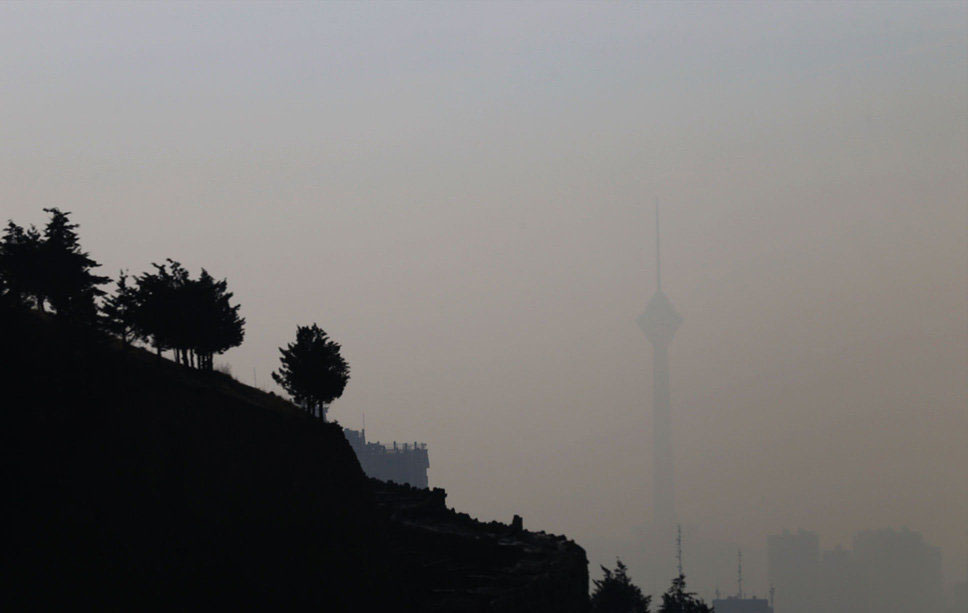Successive days of heavy, dangerous smog in the Iranian capital Tehran has led to the cancellation of most city tours, compelling provincial tourism officials to issue an apology.
Rajabali Khosroabadi, the head of the provincial office of Iran's Cultural Heritage, Handicrafts and Tourism Organization, apologized to all tourists who had chosen to tour Tehran in the past few days.
"The pollution has darkened the face of the city and provides a different image of Tehran than the advertisements that had motivated tourists to visit its historical, cultural and natural attractions," he said in a statement published on the organization's website.
Khosroabadi, however, hoped that "the hospitality of Iranians will erase the tarnished picture of Tehran's beauties from tourists' memories".
City tours titled "Health Walking Excursion", which had been organized by the tourism office of Tehran Municipality's District 12 and were due for a week starting November 13 (World Diabetes Day), were called off.
A number of travel agencies that organize regular tours of Tehran have cancelled their plans for this week.
The official also called on Tehran's residents planning to visit the city's attractions to postpone their trips.
"Tehran is the city of beauties so long as all the residents help keep the air clean," he said.
Tehran has been experiencing smoggy days since Saturday and saw its most polluted day of the current Iranian year (started March 20) on Monday, when sensors registered an air quality index of 156 with a "red status". This means the level of toxic pollutants in the air posed health risks to each and every person, and not just those deemed vulnerable, according to World Health Organization standards.
Every year with the drop in temperature in winter, a phenomenon known as temperature inversion occurs during which cold air underpins warm air at higher altitude, leading to the entrapment of air pollutants in the city, which causes heavy smog.
Aside from its impact on human health, air pollution can also take a toll on historical monuments. Studies conducted in India, where air pollution regularly wreaks havoc on the residents of major cities such as New Delhi, show that smog can have dire impacts on ancient structures.
The impact of air pollution on the iconic Taj Mahal—whose grand marble edifice is slowly turning brownish-yellow—has been covered by the media for several years now.
The situation is so dire that the entire edifice may look grey in a matter of years, Quartz reported earlier this year, quoting officials at the National Green Tribunal, an arm of the Indian Parliament that focuses on environmental issues.


